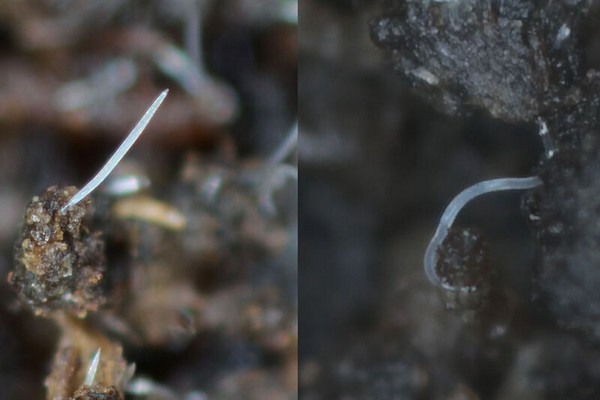Beneficial nematodes are increasingly being used to control pests in an extensive range of crops. However, the two available nematode species do this job in their own way. They have different feeding behaviors; ambushing or cruising for their prey.
Casea
Casea contains ambushing nematodes, Steinernema carpocapsae. Ambushing nematodes lie inactive in a soil layer and wait for a pest insect to pass by. When the prey passes by, the nematode curls up and propels itself on the passing host.

Capirel
Capirel contains the beneficial nematode Steinernema feltiae that has the mixed characteristics of being able to ambush and cruise to strike prevalent pests in the crop. Cruising nematodes are triggered by volatile compounds and literally track down the prey, detecting insect cues to actively find their host.
Recently available
Responding to the growing demand for this effective biocontrol solution, Koppert has recently introduced the beneficial nematode products Capirel and Casea. With these, Koppert provides two fast-acting biological solutions for the control of a broad range of pests.
For more information:
Koppert
info@koppert.com
www.koppert.com
